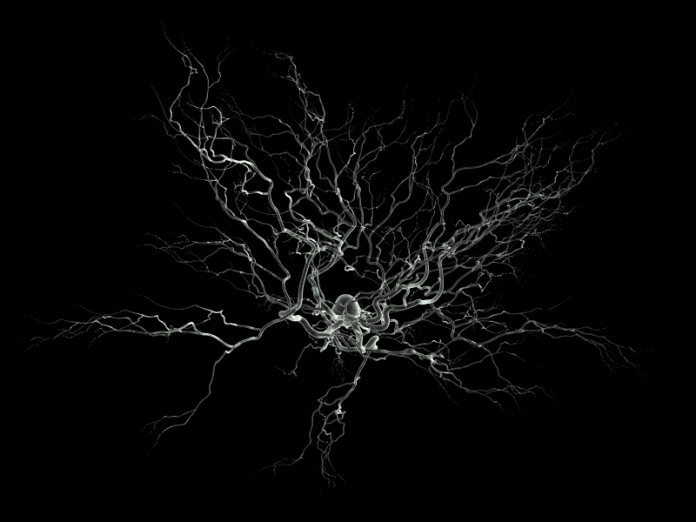Scientists have developed a 3D bioprinting platform that assembles functional 人間 neural tissues. The progenitor cells in the printed tissues grow to form neural circuits and make functional connections with other neurons thus mimicking natural brain tissues. This is a significant progress in neural tissue engineering and in 3D bioprinting technology. Such bioprinted neural tissues can be used in modelling 人間 diseases (such as Alzheimer’s, Parkinson’s etc.) caused due to impairment of neural networks. Any investigation of disease of brain requires understanding how the 人間 neural networks operate.
3Dバイオプリンティング は、適切な天然または合成生体材料 (バイオインク) を生細胞と混合し、天然組織のような 3 次元構造に層ごとに印刷する付加的なプロセスです。細胞はバイオインク内で成長し、自然の組織や器官を模倣する構造が発達します。この技術は次の分野で応用されています。 回生 medicine for bioprinting of cells, tissues and organs and in research as model to study 人間 ボディ ビトロ、特に 人間 神経系。
の研究 人間 nervous system faces limitations due to unavailability of primary samples. Animal models are helpful but suffer from species-specific differences hence the imperative of ビトロ のモデル 人間 nervous system to investigate how the 人間 neural networks operate towards finding treatments for diseases attributed to impairment of neural networks.
人間 neural tissues have been 3D printed in the past using stem cells however these lacked neural network formation. The printed tissue had not shown to have formed connections between cells for several reasons. These shortcomings have been overcome now.
In a recent study, researchers chose fibrin hydrogel (consisting of fibrinogen and thrombin) as the basic bioink and planned to print a layered structure in which progenitor cells could grow and form synapses within and across layers, but they changed the way layers are stacked during printing. Instead of traditional way of stacking layers vertically, they chose to print layers next to another horizontally. Apparently, this made the difference. Their 3D bioprinting platform was found to assemble functional 人間 neural tissue. An improvement over other existing platforms, the 人間 neural tissue printed by this platform formed neural networks and functional connections with other neurons and glial cells within and between layers. This is the first such case and is a significant step forward in neural tissue engineering. Laboratory synthesis of nerve tissue that mimics brain in function sounds exciting. This progress will certainly help researchers in modelling 人間 diseases of brain caused due to impaired neural network to better understand the mechanism for finding a possible treatment.
***
参照:
- カデナ M. ら 2020. 神経組織の 3D バイオプリンティング。 Advanced Healthcare Materials 第 10 巻、第 15 号 2001600。DOI: https://doi.org/10.1002/adhm.202001600
- ヤン・Yさん ら 2024. 3D bioprinting of 人間 neural tissues with functional connectivity. Cell Stem Cell Technology| Volume 31, Issue 2, P260-274.E7, February 01, 2024. DOI: https://doi.org/10.1016/j.stem.2023.12.009
***






































